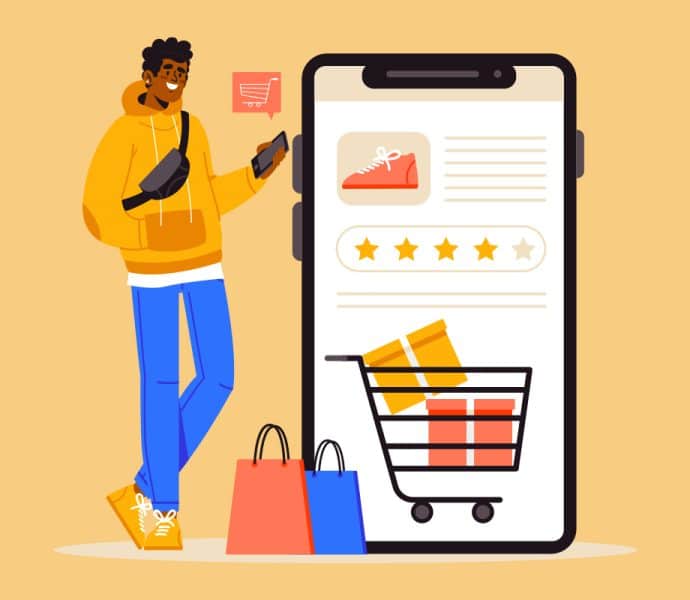
7 New Year’s Resolutions for eCommerce Managers
With the close of 2024 and welcome to 2025, UK eCommerce managers can hit the reset button […]
2016 has witnessed huge development in the way that users interface with and experience the software they’re buying. Both UX and UI tend to make or break the software, today – with users coming to hold new applications to increasingly high standards. If they don’t get the sort of experience offered by applications like Instagram, Uber and Spotify, then they’re unlikely to stick around long enough to appreciate the other merits of the software – however numerous they might be.
In what remains of the year, and the next, we’re sure to see UX and UI design come on even further. Let’s examine some of the ways in which this might be so.
Now that hardware has reached a point where running high-quality, animated applications is easy, firms like Google are releasing tools which allow developers to write applications that move about in response to user input. Google’s ‘Material Design’ language has been just one component in a much larger trend – Google’s rivals are certain to follow suit with their own innovations, and the landscape for developers looks to be more vibrant, colourful and animated than ever before.
Part of the reason that successful applications like Dropbox and Uber are so popular is that they’ve had all of their weak points ruthlessly expunged. This is possible thanks to an unprecedented amount of detailed feedback about ‘drop-off points’ – those areas where users are most likely to give up the ghost and leave the application. Understanding bounce rates is an essential part of reducing them – and so we should see greater focus on gathering drop-off data in the coming year.
With so many different varieties of device available, designing an interface which works smoothly on all of them is a major headache – particularly for smaller developers with limited budgets. That’s where UI frameworks come in. By making use of tried-and-true frameworks, whose components each been tested rigorously, and then applying new skins to match the look of the site, it’s possible to quickly and easily create consistent, polished user interfaces in no time at all.
Many of the larger app developers are rolling back their designs – in order to incorporate fewer colours and distracting logos. These applications help to channel users in the proper direction without being intrusive, over-designed or showy. That said, there’s some disagreement over whether this trend will be a permanent (or even welcome) one.

With the close of 2024 and welcome to 2025, UK eCommerce managers can hit the reset button […]

Get the Best Team Choosing the right Magento/Adobe Commerce agency to work with can be a […]

Meta descriptions are brief summaries of a webpage that appear in search engine results pages (SERPs). […]